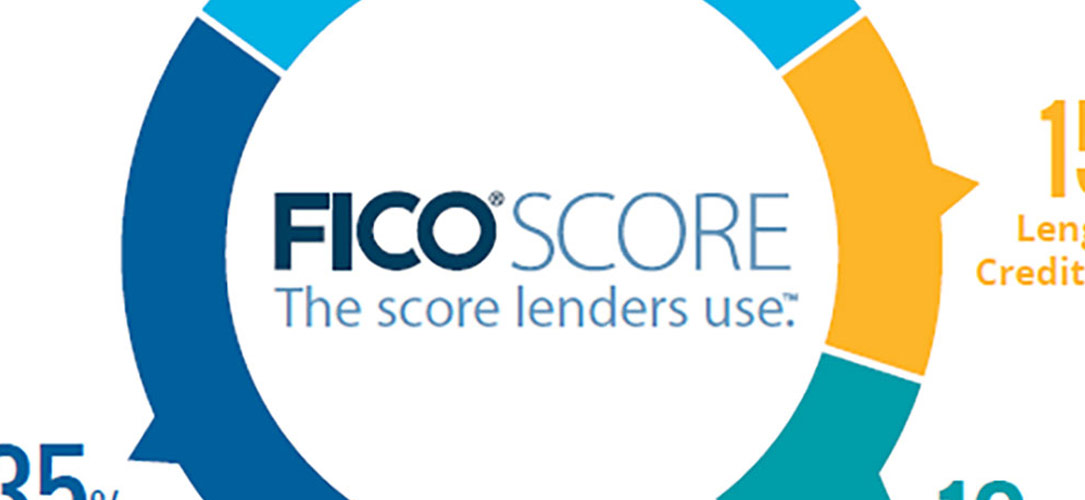The FICO score is the scoring model developed and named after Erstwhile Fair, Isaac & Company. Introduced in 1989, the model is used by the three major credit bureaus in the USA.
The FICO score assess the risk profile of an individual by using various details available on record. FICO records both negative and positive data reported by banks or lenders to the bureau. The data is divided into five categories to calculate the credit score.
Scores, generally, break down as follows:
| Credit Score | Meaning |
| 800 or above | Excellent score. A customer will be preferred by lenders |
| 750-800 | Good score. Lenders look at applications favorably |
| 700-750 | Fair score. Secured lending might be possible but unsecured loans are likely to be priced higher for the risk involved. |
| 600-700 | Poor. In exceptional cases, a secured loan might be sanctioned. |
| Less than 600 | Very poor. No loan or credit facility is likely to be provided by any prime lender |
FICO’s “classic” scoring model provides a number (ie score) between 300 and 850. A score under 600 is considered poor. A score above 740 is considered excellent. In between is average to above average.
How FICO Scores are Calculated
Regardless of which FICO model is used, there are five factors that most influence a “classic” FICO score: Payment history; credit utilization; credit history; types of credit; and new credit.
There are many sub-categories calculated within each area before arriving at a final score:
Payment History
Like everything in life, your actions, history, and on time payments matter. As long as you pay your bills on time you will be fine. If you miss bills, make late payments, or are currently late, your score will be affected. The later the payment, the more your score gets dinged.
Credit Utilization
Don’t spend close to your credit limit, even if you intend to pay off the bill every month. The FICO score starts to work against you when you use more than 30% of the available credit. If you have a $1000 limit on your credit card, that means limiting spending to under $300 a month.
Credit History
The longer you own a credit card, the more it improves your score, provided you pay it ontime every month.
Credit Use
FICO wants to know how many forms of credit you have (credit cards, auto, mortgage, utilities, etc.) and how well you keep up with them.
The FICO scoring model is the most widely recognized and used across the board. It’s been around since 1989 and there have been numerous revisions over the last 27 years to take into account the changing factors that would be relevant to arriving at an accurate credit score.
For maximum sustained FICO score, you should:
- bring your revolving debt balances down to underneath 30% of your credit limit on every account. Five cards with low balances are superior to one maxed out card.
- Pay your bills on time. Payment history dramatically effects your credit score. Put your bills on autopay to guarantee they are paid on time.
- And NEVER close out a credit account. You should use any revolving line once every 3-6 months and pay it off. You don’t want the account to be canceled because of non-use. The higher your credit limits, the lower your balance is as a percentage of the whole. That means a better credit score.
Susan McCullah is an established writer who has created dozens of informative articles about credit scoring, identity theft, budgeting, taxes, debt, and finance. She has worked in the Credit Reporting industry for 15+ years and is FCRA certified. Susan regularly conducts in-person presentations and webinars on the topics of credit scoring formulation, raising credit scores, and identity theft.












